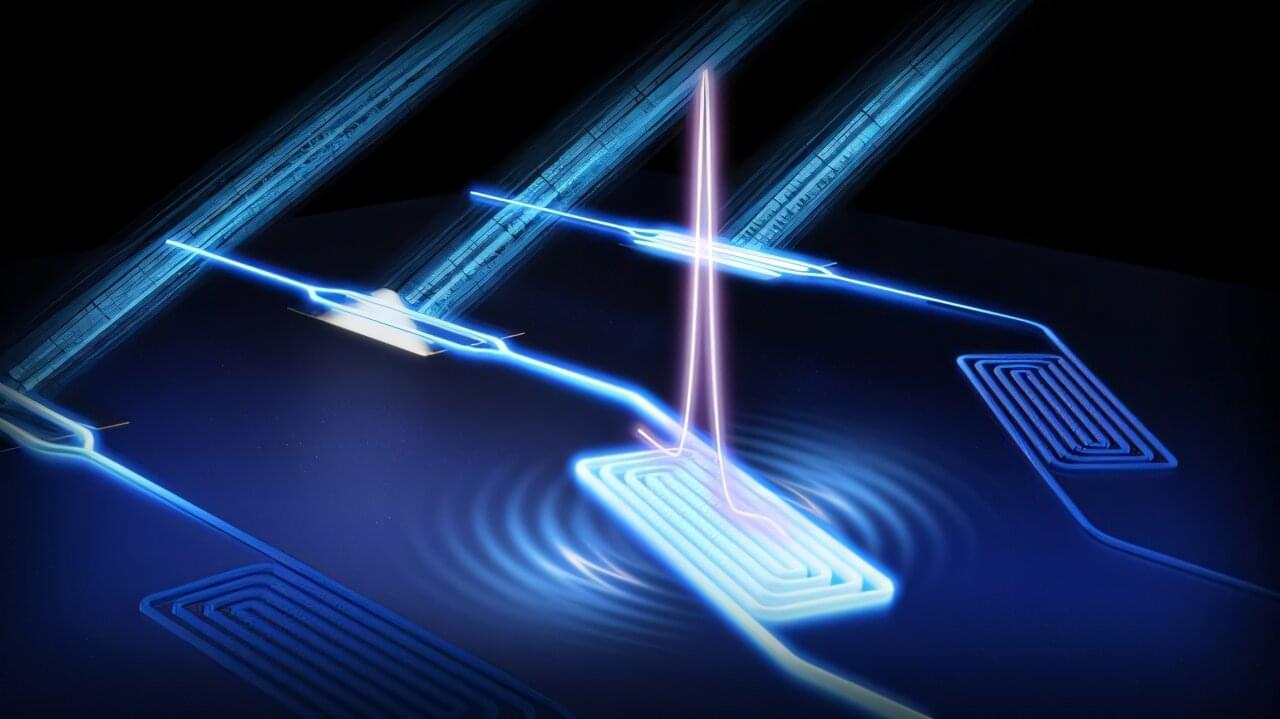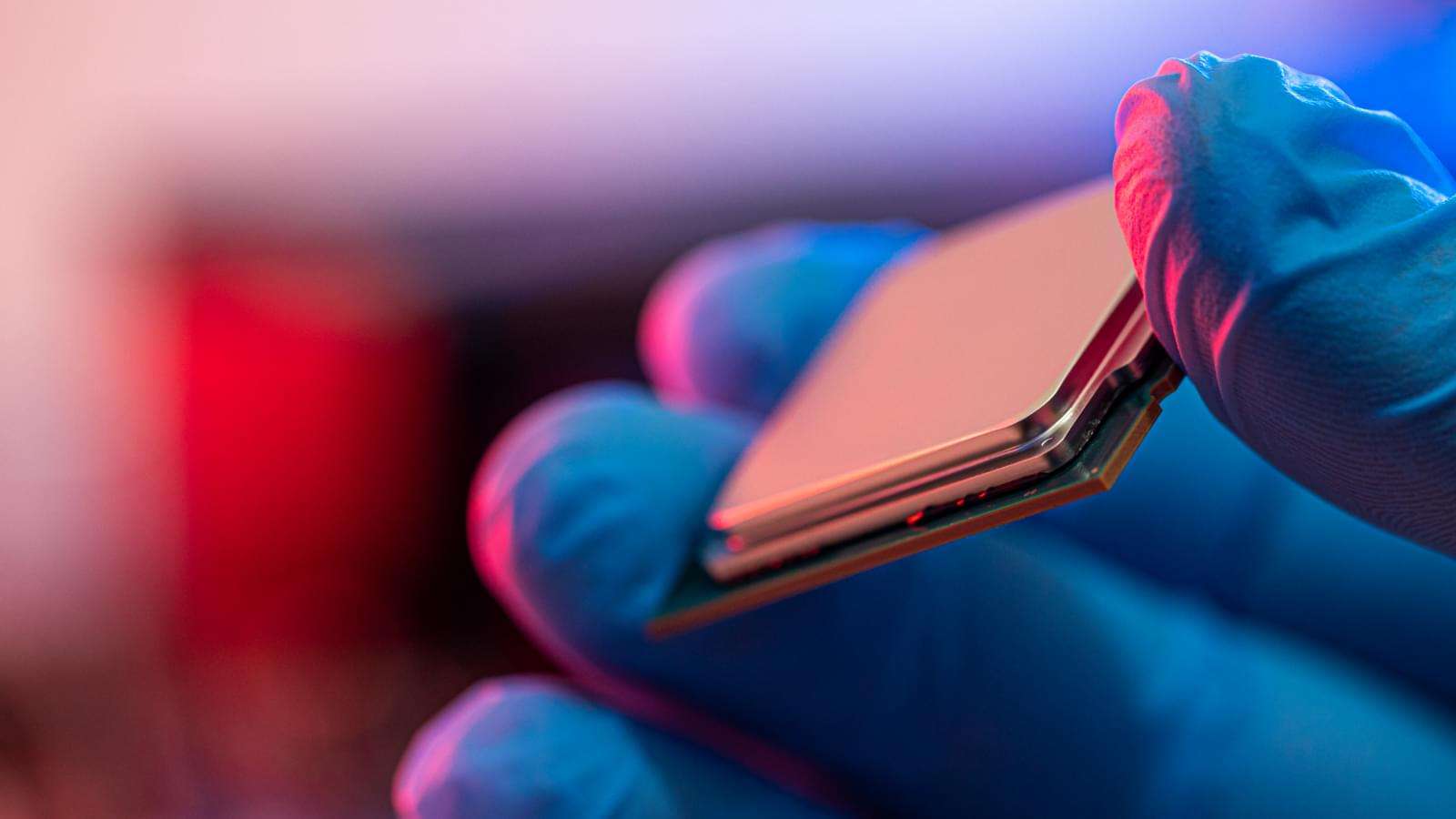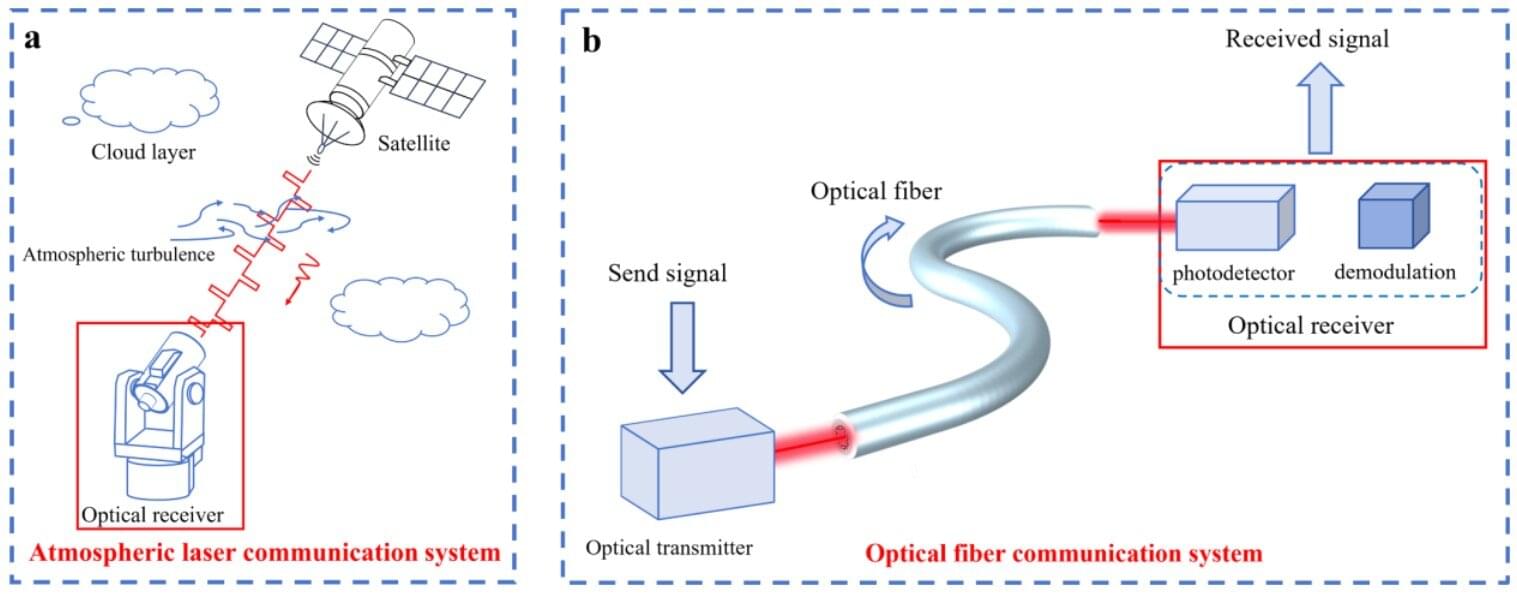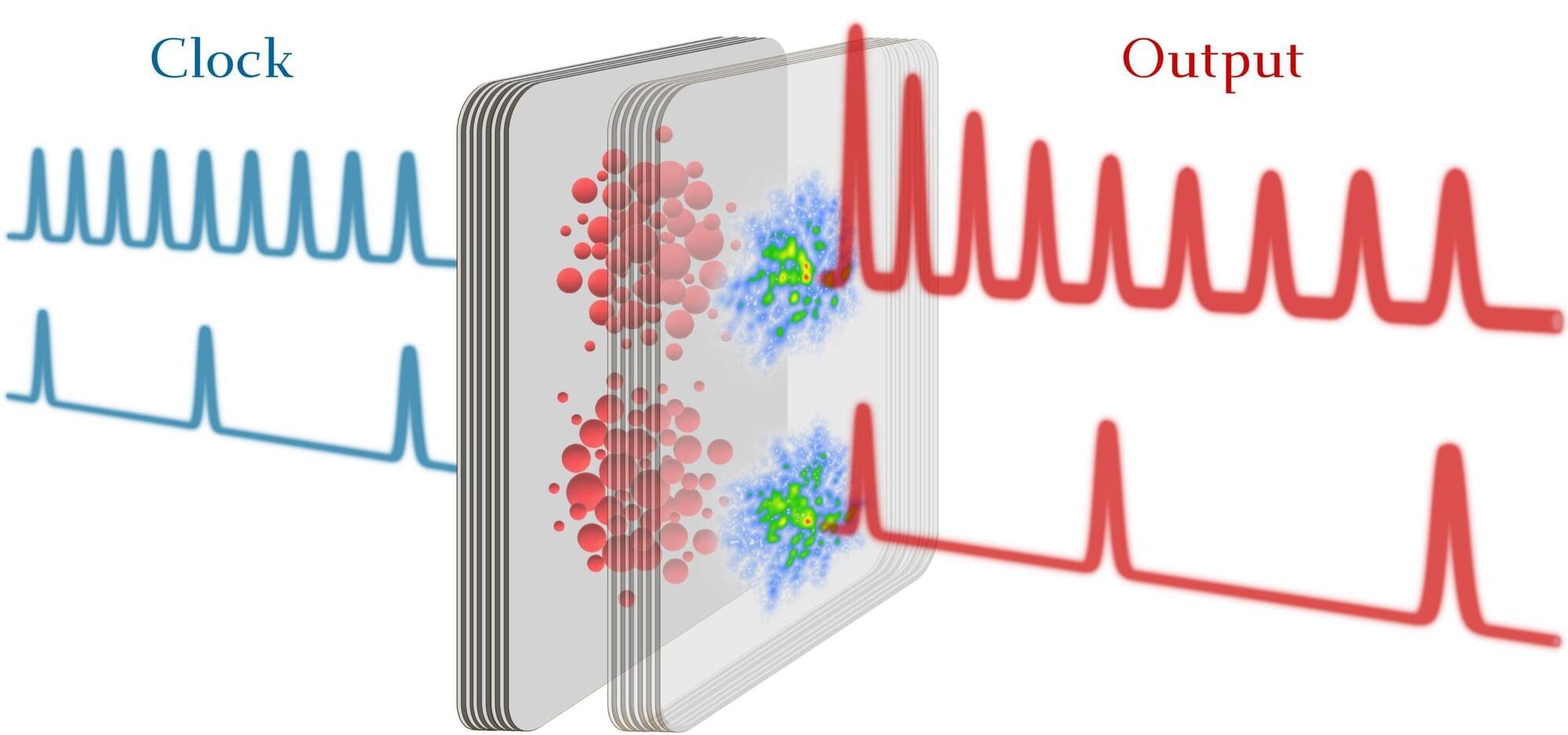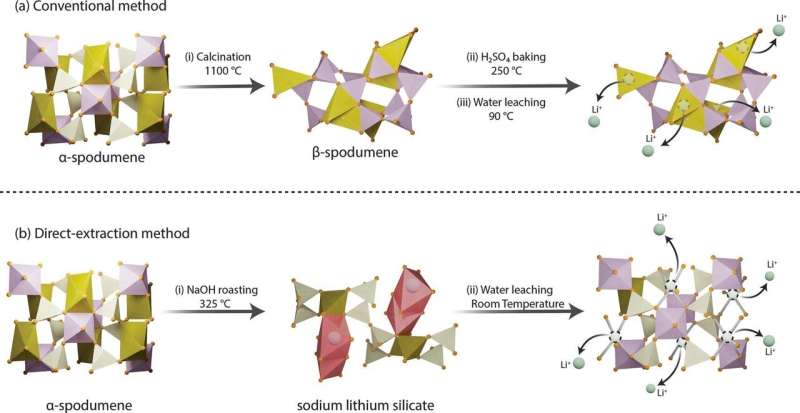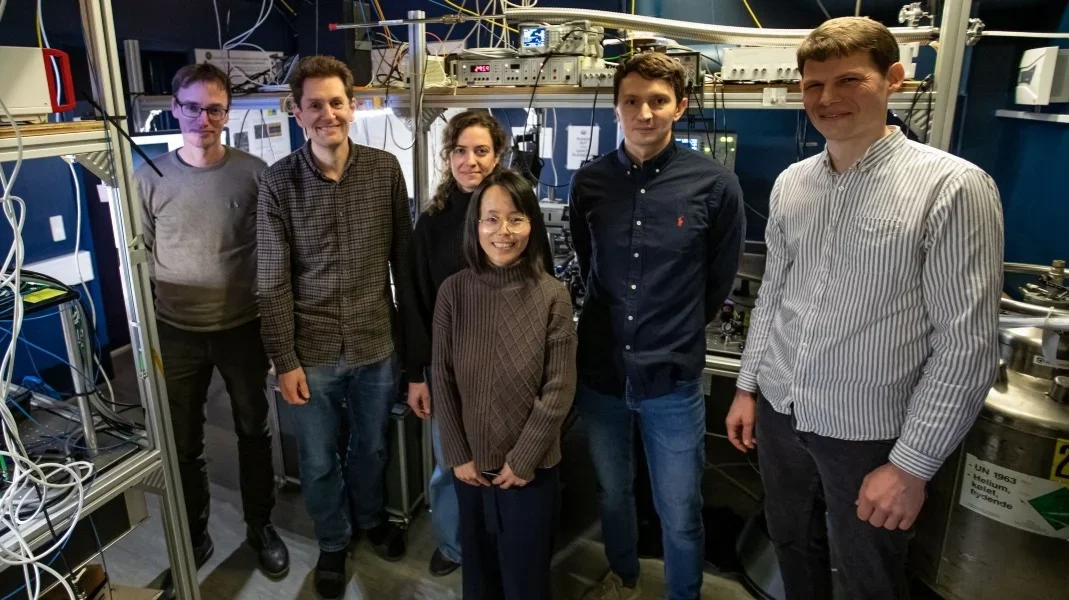Imagine having to find your way with only a compass and the stars and being handed a GPS. This is what David Marpaung and colleagues have just done for designers of light-based chips. Through their discovery of steering light with sound, the UT researchers have made available a powerful new tool to expand the scope and performance of this up-and-coming technology that’s quickly moving beyond its traditional use in low-power optical communication.
Detailed in Science Advances, Marpaung has essentially molded the precision and versatility of a well-known physical phenomenon called Stimulated Brillouin Scattering (SBS) into a form that’s ready for mass manufacturing.
